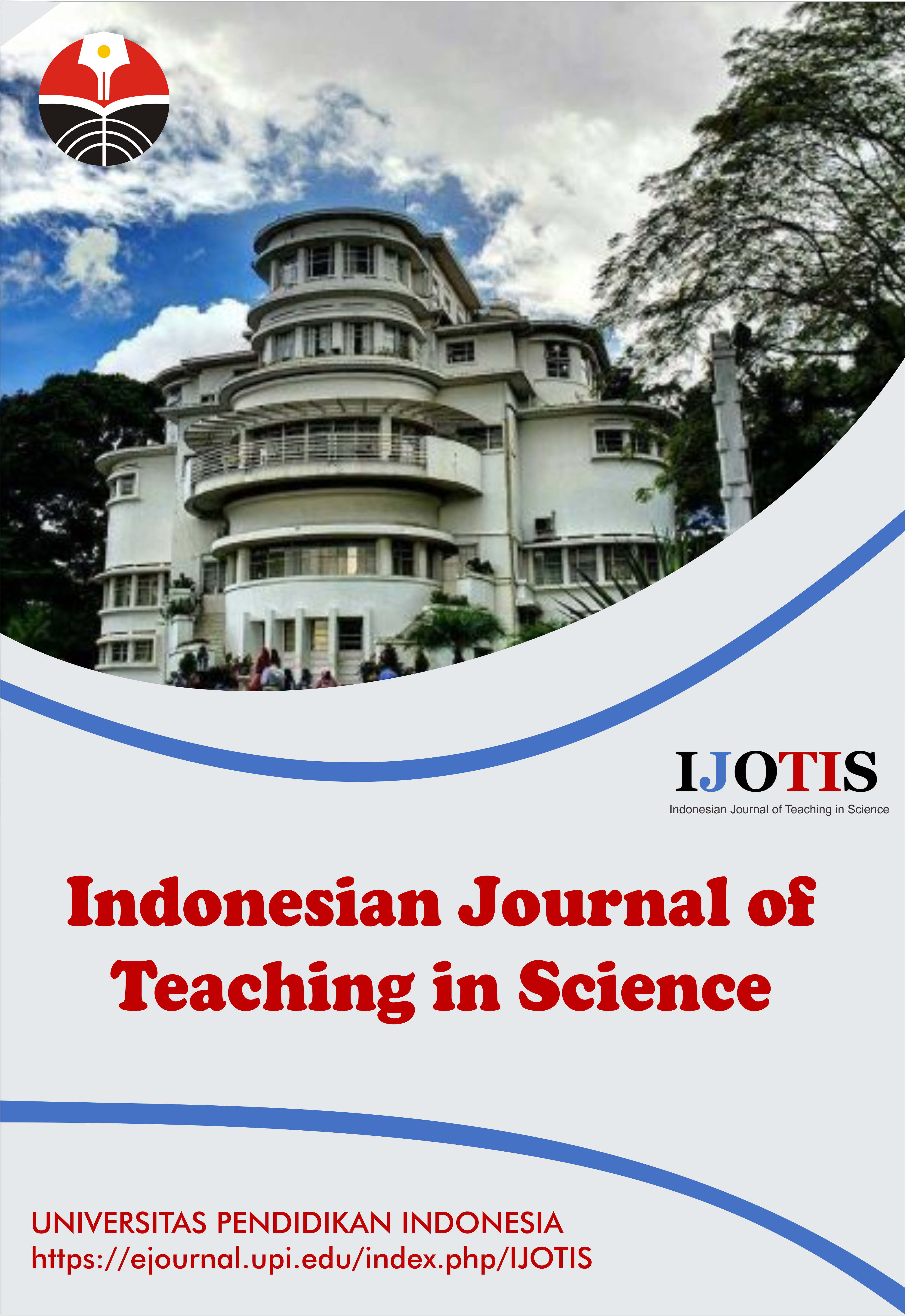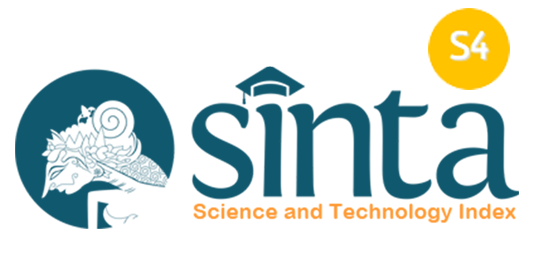The Effect of Bamboo Dancing Learning Method on Interest, Motivation, and Learning Outcomes in Electricity Law
Abstract
Keywords
Full Text:
PDFReferences
Abdullah, A.G., and Putra, A.P. (2017). Water level measurement altitude trainer integrated with human machine interface. Indonesian Journal ofScience andTechnology , 2(2), 197- 210.
Aritonang, T. (2019). Meningkatkan minat belajar PKN dengan menggunakan model pembelajaran tari bambu. Jurnal Global Edukasi, 3(1), 31-38.
Dewayani, E. (2017). Penerapan model pembelajaran kooperatif bamboo dancing (tari bambu) untuk meningkatkan hasil belajar peserta didik pada pokok bahasan teks Faktuailmiah di kelas XII MIPA 2 SMA Negeri 2 Pekanbaru. Jurnal Pendidikan Ekonomi Akuntansi, 5(2), 161-171. E
Ena, Z., and Djami, S. H. (2021). Peranan motivasi intrinsik dan motivasi ekstrinsik terhadap minat personel bhabinkamtibmas polres kupang kota. Among Makarti, 13(2), 168-175.
Kadivar, M., Gauss, C., Stanislas, T. T., Ahrar, A. J., Charca, S., and Savastano Jr, H. (2022). Effect of bamboo species and pre -treatment method on physical and mechanical properties of bamboo processed by flattening -densification. Materials Chemistry and Physics, 291, 1-10.
Prayitno, A., Rahayu, M. S., and Sugiyanto, Y. (2019). Peningkatan aktifitas belajar ilmu pengetahuan sosia tentang pergerakan nasional melalui pembelajaran kooperatif metode bamboo dancing pada siswa kelas V semester II sekolah dasar negeri Kandangsapi 2 Kecamatan Jenar Kabupaten Sragen tahun pelajaran 2015. Civics Education and Social Sciense Journal (CESSJ), 1(1), 1-17.
Putri, D. T. N., and Isnani, G. (2015). Pengaruh minat dan motivasi terhadap hasil belajar pada mata pelajaran pengantar administrasi perkantoran. Jurnal Pendidikan Bisnis dan Manajemen (JPBM), 1(2), 118-124.
Rahayu, S., and Istiani, A. (2019). Experimentation on bamboo dancing learning model on student ’s mathematics learning outcomes viewed from adversity quotient (AQ). In Journal of Physics: Conference Series, 1155(1), 1-5.
Shi, A., Wang, Y., and Ding, N. (2022). The effect of game –based immersive virtual reality learning environment on learning outcomes: Designing an intrinsic integrated educational game for pre–classlearning. Interactive Learning Environments, 30(4), 721- 734.
Tutty, J. I., and Klein, J. D. (2008). Computer-mediated instruction: A comparison of online and face-to-face collaboration. Educational Technology Research and Development, 56, 101- 124.
DOI: https://doi.org/10.17509/ijotis.v3i1.57873
Refbacks
- There are currently no refbacks.
Copyright (c) 2023 Universitas Pendidikan Indonesia

This work is licensed under a Creative Commons Attribution-ShareAlike 4.0 International License.
Indonesian Journal of Teaching in Science (IJoTIS) is published by Universitas Pendidikan Indonesia (UPI)
 Indonesian Journal of Teaching in Science
Indonesian Journal of Teaching in Science



